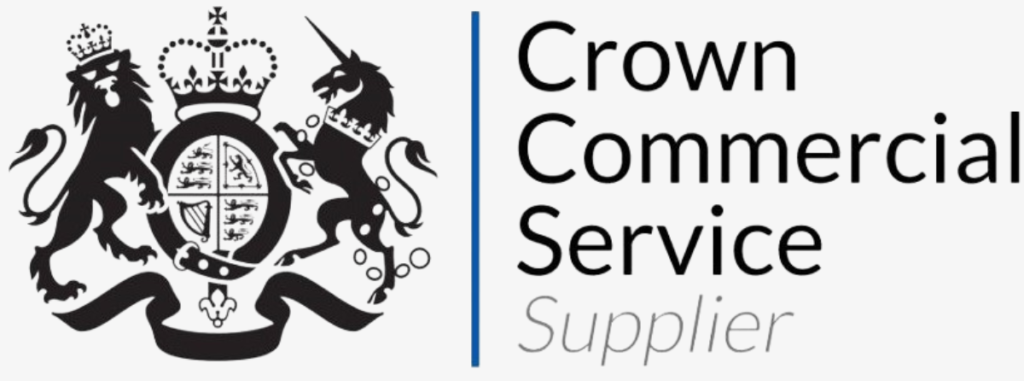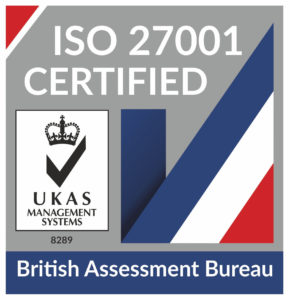
HaloITSM Guides
Documentation to assist with the setup and configuration of the HaloITSM platform
Facebook Integration
In this guide we will cover:
- Connecting to Facebook
- Setting up Facebook in Halo
The Facebook integration automatically processes messages, posts and comments into your Halo instance depending on your set-up.
Connecting to Facebook
First, head to the integrations module on Halo and find the 'Facebook' integration and switch it on by pressing the '+' that appears when you hover over it.
Fig 1. Facebook module.
Then press 'New' in the top right-hand corner to add your Facebook page. You'll then be prompted to log into Facebook using the button below.
Fig 2. Login with Facebook.
Once you have logged in successfully, press save.
Next, you can set-up what you'd like to happen when you receive direct messages or posts/comments on your Facebook page.
Setting Up Facebook Within Halo
The following tabs will now be available for configuration.
Fig 3. Direct Messages.
Fig 4. Posts and comments.
Tickets can be created from posts that are created by users, your page, or both.
Any comments added to the post will then be converted to actions and added to the ticket.
You can set a limit on the number of days after a post is created for comments to continue to be threaded to the ticket. You can also choose to include/exclude certain posts by adding them to a list of words/phrases.
When a new Facebook generated ticket comes into Halo, you can respond to it by simply pressing an action button such as 'Reply on Facebook'. This action button will need a system use of 'Reply to Facebook message/post'.
Fig 5. Reply on Facebook action.
If a comment has been added to a comment, the action will show a thread for the reply chain. You can reply to individual replies by selecting the Reply to Comment option on the action.
Fig 6. Facebook action on ticket.
You can also move a comment to a separate ticket. Any future replies in the chain for that reply will then be added to your new ticket.
Popular Guides
- Asset Import - CSV/XLS/Spreadsheet Method
- Call Management
- Creating a New Application for API Connections
- Creating Agents and Editing Agent Details
- Departments and Teams
- Halo Integrator
- Importing Data
- Multiple New Portals with different branding for one customer [Hosted]
- NHServer Deprecation User Guide
- Organisation Basics
- Organising Teams of Agents
- Step-by-Step Configuration Walk Through



